The process of moving two beta fish. Today, I drew two moving beta fish with watercolor paints. In general, beta fish should not be placed in one fish tank. They prefer to be alone and become aggressive when encountering other fish of the same species, especially male fish. Their character who enjoys loneliness is envious of the mental strength that does not feel lonely at all, but it makes me feel sorry for the feeling they will experience. So I put the two of them in the same tank, even in the picture, and let them play with each other. It is a fantasy that is impossible in reality. The place where I drew this painting today is the Port Jefferson Village Center. Every Thursday, there is the Night Heron meeting, a gathering of artists who love watercolor paintings. I attended today as a guest and drew a picture. The center has a beautiful view overlooking the sea. The $1 watercolor project made it easy to attend with simplified materials. The pink pocket at the top is a wallet for my business cards. It is useful when meeting for the first time or when I need to introduce my work. I simply sketch with the HB pencil I brought. I took a moment to capture the two beta fish that pop into my head. Wet a lot of water and paint lightly with a watercolor brush size 12 at once. If the brush passes frequently, the painting becomes cloudy and messy, so be careful. Then, when holding the brush, reduce the force slightly to apply the color in the middle area. Then, with the thinnest brush in the $1 watercolor set, fill in the darkest areas. The part that looks empty as if the tail of the fish, which is spread out like a fan, is divided, is left blank because the paint has completely dried and I need to use the wet-on-dry technique. If I draw up to this point, I feel more at ease because I don't have to brush while wet anymore. After drying, fill in the space between the fins on top. This will help complete the transparent fins. And add accents where necessary. Slightly squeeze the white acrylic paint to complete the highlights. Below is the finished look. I drew red and blue fish by applying the Taegeuk principle of yin and yang. Taegeuk (太極) is a concept that was valued as the source of the universe that creates all things by combining with yin and yang ideas among ancient Eastern ideas. The Taegeuk pattern is currently used in the Taegeukgi, the national flag of Korea.
0 Comments
Today, as one of our $1 watercolor projects, I drew Sandstreet Beach, a local attraction. The process of painting, Sandstreet Beach As always, the sea is the easiest to sketch. First, starting with a light color, express the sky using the wet on wet technique. Wet-on-Wet Technique is to paint over wet paper and then induce different colors to shine through. Then, the beach part is colored to express the sand and then sprayed with a water spray. Lightly paint the rest of the area except for the sky and beach. Add accents using a thin brush with a dark color. To express the flowing water, put a soft paint on the brush, drain the water once, and then sweep it away quickly. 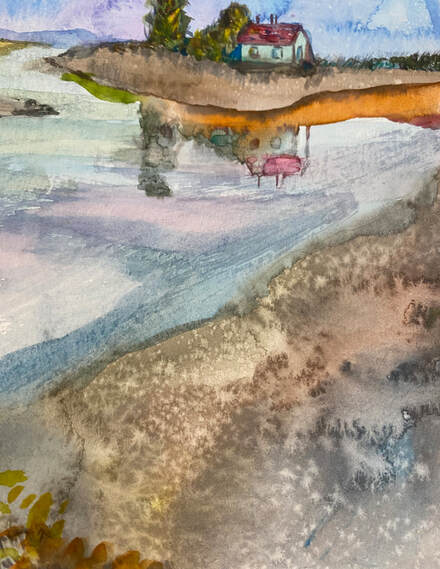 It also sweeps over small houses that are reflected in the water. Use white acrylic to express the sky with a brush. I tried to express a cloud that moves quickly with the wind like a thread. As a final step, I add the darkest shades and shadows in every corner. In this case, the wet-on-dry technique of watercolor is used. The wet-on-dry technique is to color the paper while it is dry. Wet-on-wet is also known as wet technique, while wet-on-dry technique is also called dry technique. After completion, sign.
The process of painting a blue beta fish with watercolor paints. Today, I drew a beta fish using watercolor paints. Bettas are shy and aggressive, so, for example, two males cannot live in a tank. They always occupy a single tank and enjoy solitude. I drew this beta fish. First, I sketch a blurred draft with a H.B. Pencil. Wet a large brush with a lot of water and paint the bright areas softly. Then, I paint the areas with the medium shading and paint the darker areas with a fine brush. Complete the details such as eyes and fins. In my case, I highlighted it with white acrylic. This is a finished work.
Today, I finished a rainbow fish with watercolor paint on a small piece of paper. I would like to share the process for a moment. How to draw a Rainbow Fish. First, make a blurred sketch with a HB pencil, then mix with a lot of water and paint with a light color as much as possible. Then, I paint with medium-tone paint and the last dark part. I painted the highlights with white acrylic. And complete the shadows and details with the darkest color. This fish has been twisted in my own way. You can draw in various shapes. This is the finished picture. It is better to draw with more attention to the details of the eyes and fins.
A month with guinea pigs It has been a month since the guinea pig came to our house. In the meantime, my piggies have slowly adapted to the new cage and new family. Now, even when they see us, they do not run away immediately and continue to do their own thing. They even ask for carrots. In the past, conscious of us, they slept in a rigid posture and did grooming, but now they sleep comfortably with their legs stretched out and groom slowly and without hesitation even when we are watching them. My piggies love carrots. The crunchy sound sounds like there're eating the finest dessert in the world's most delicious five-Michelin restaurant. Even my daughter, who wasn't a big fan of carrots, now enjoys them. My child brings carrots from school lunches like below after raising guinea pigs. As soon as the child arrives home from school and opens the backpack, the piggies come to the door thinking they are giving them carrots. Pinky, who eats well whenever he has time, has gained weight like this. And he loves to relax in my daughter's dollhouse. And little by little Pinky came to like the playtime out of the cage. Squash is still afraid of going out. Today is Squash's bathing day. Guinea pigs need to be very careful when bathing. That is, water should not get into their ears and nose. You have to be very careful as the water once entered cannot be brought out again. So, when taking a bath, you have to wash it by sprinkling it in shallow water. While I was preparing the squash bath, my daughter prepared the bath toys he needed. When raising guinea pigs, I make good use of toys that my child no longer plays with. As a bath mat to keep the bath water from splashing, I used a water doodle play mat that my daughter played with when she was a toddler. Fill the basket with lukewarm water about one-third full and float the bath toys. Prepare shampoo for guinea pigs, rabbits, and cats purchased from Amazon. You can also use baby shampoo. Hold it tightly so that water does not get into his ears. Squash was already nervous. While I'm holding the squash, my daughter is wiping his back with her little hands. Gently wipe the palms and belly area as well. In fact, this part is the dirtiest part because it is the part most easily touched. The squash was quietly cooperating and my daughter was very helpful, so I was able to finish bathing the guinea pig smoothly. Dry it well with a soft towel, dry it cleanly with a hair dryer, and put it in the cage in a dry state as the moisture is gone.
|
Myungja Anna KohArtist Categories
All
Archives
July 2024
|
Proudly powered by Weebly

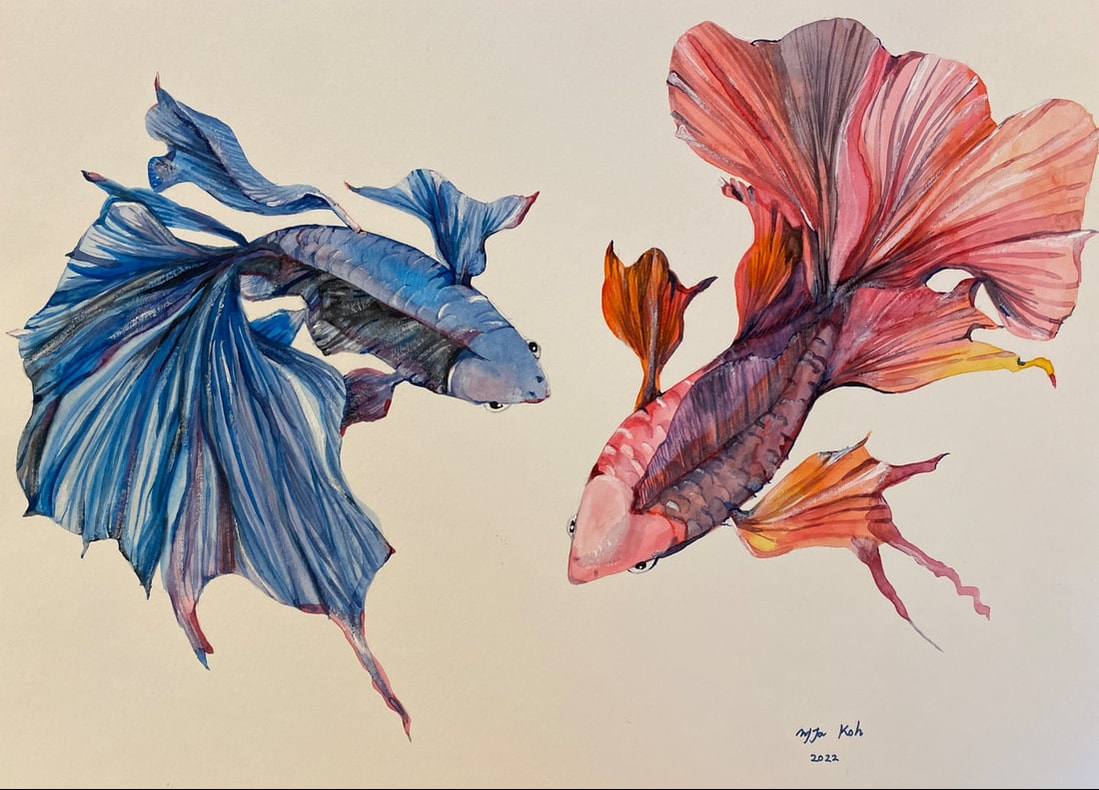
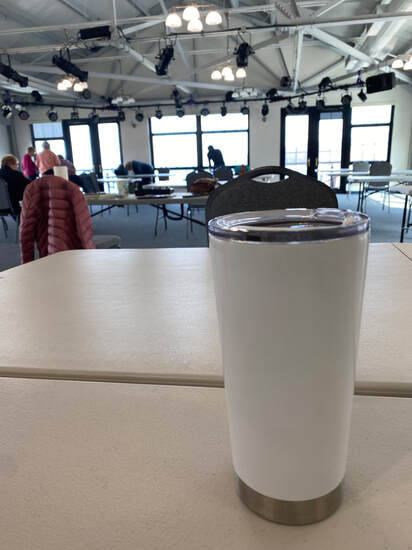
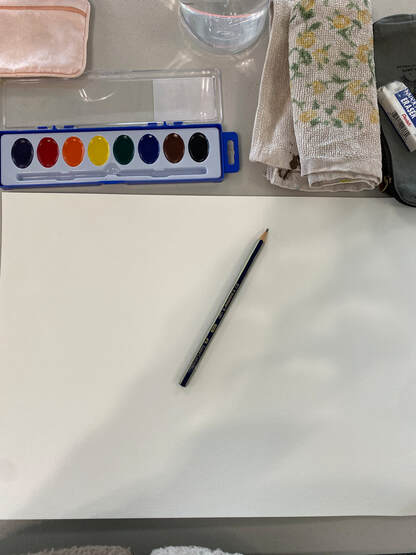
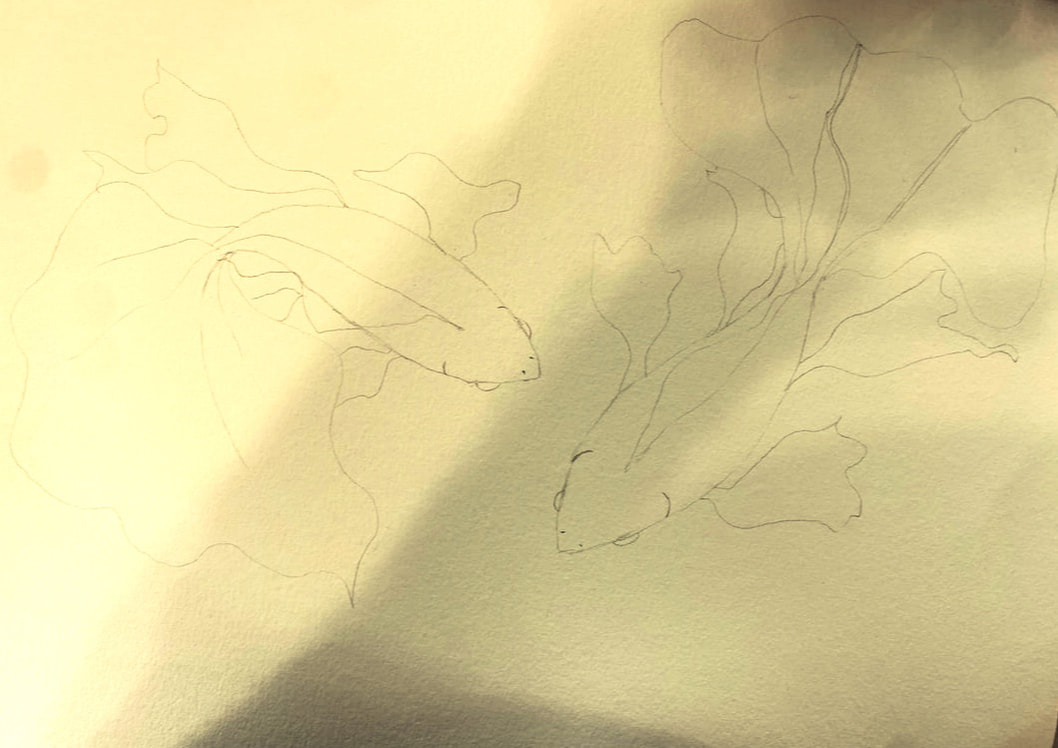
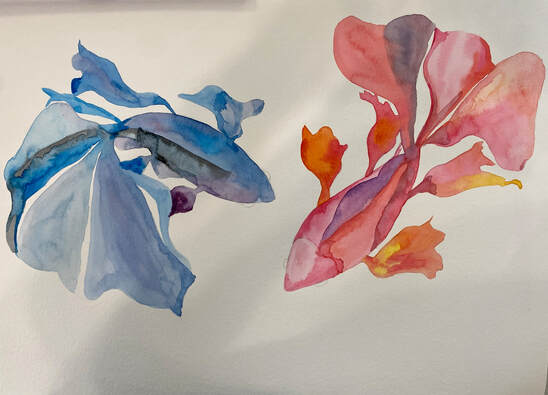
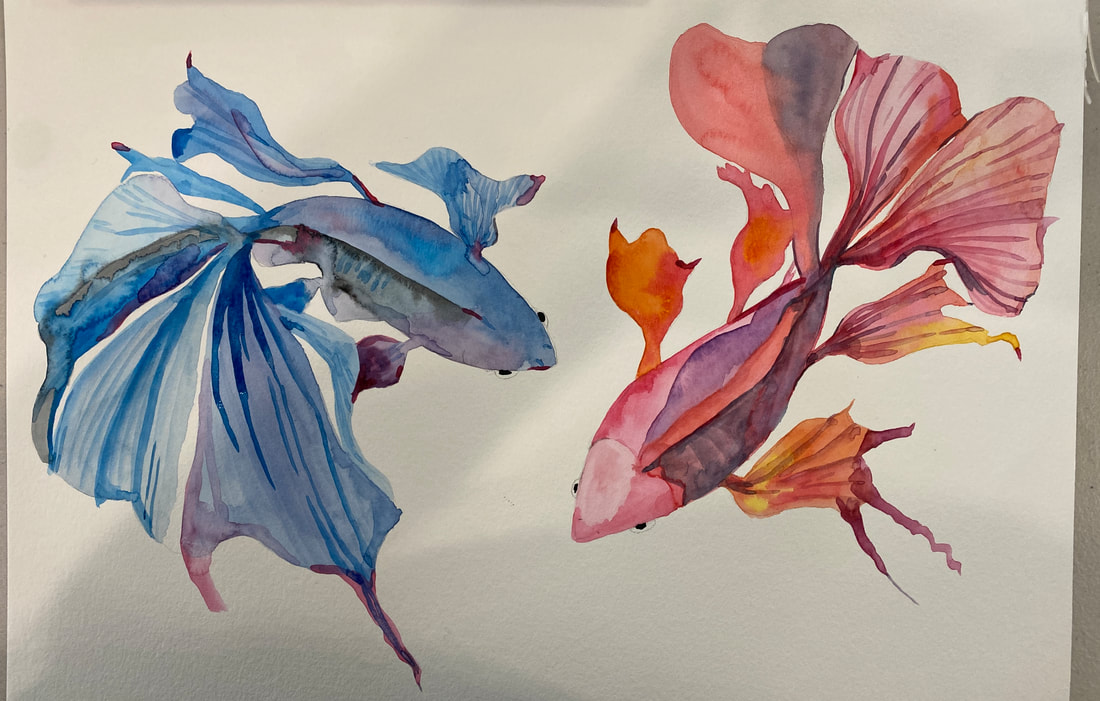
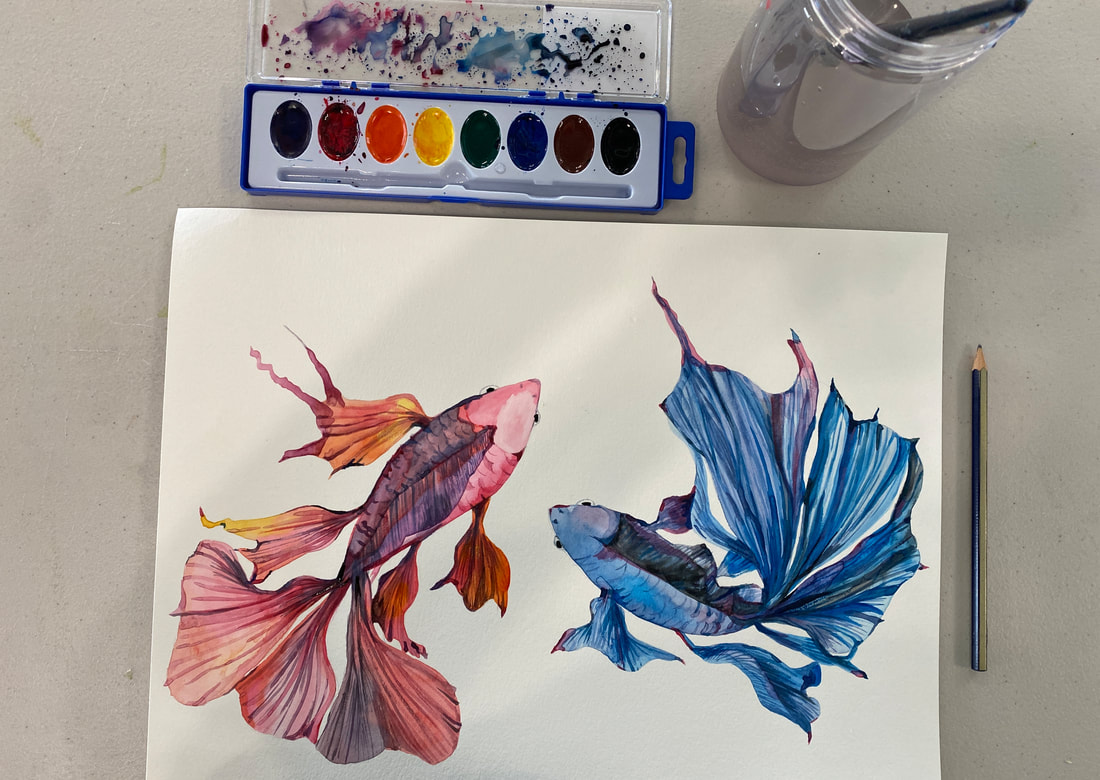
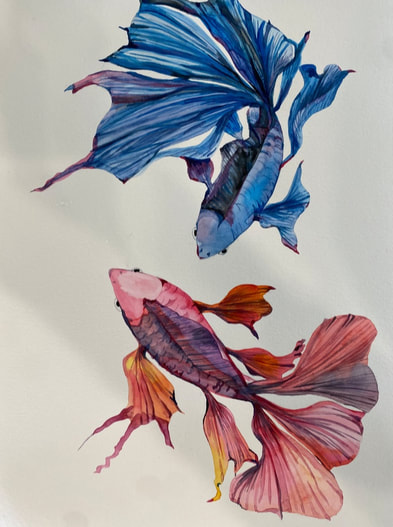
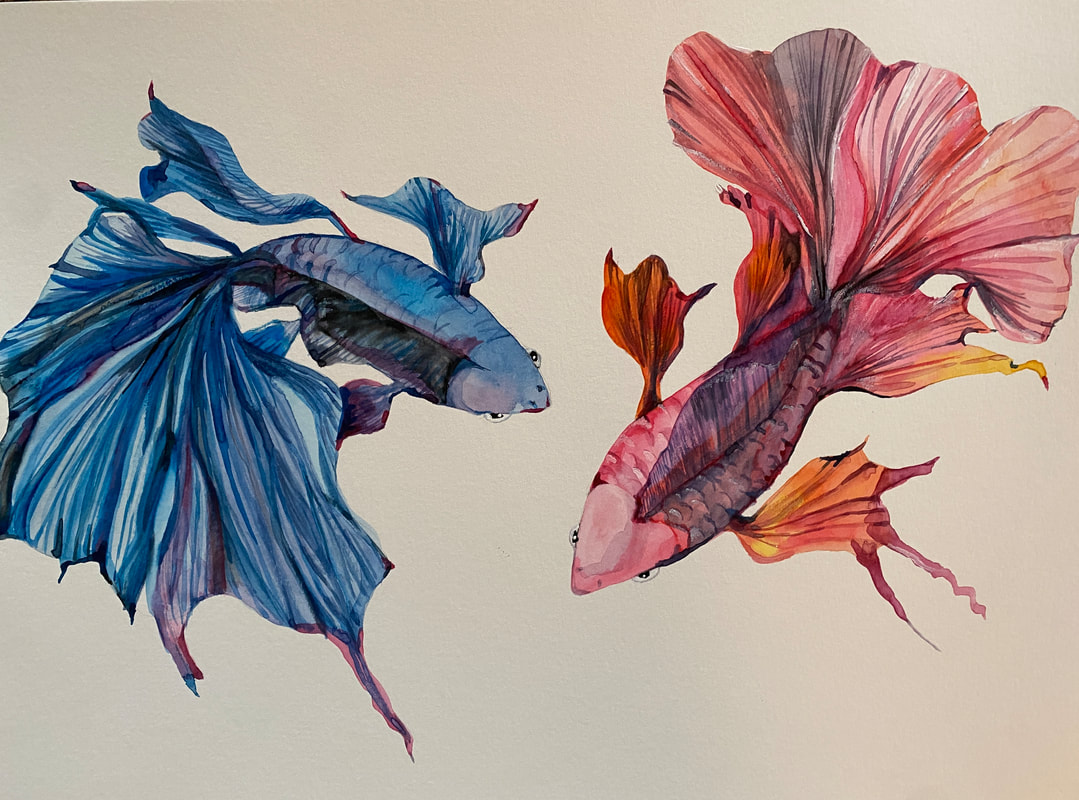
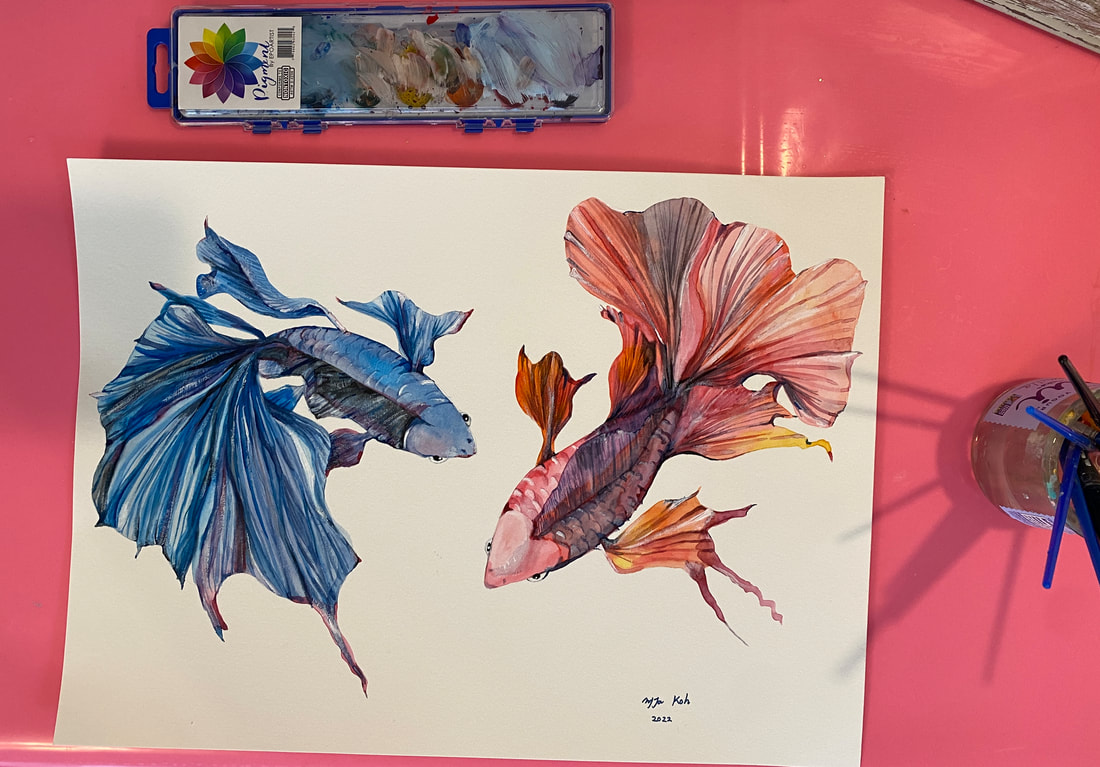
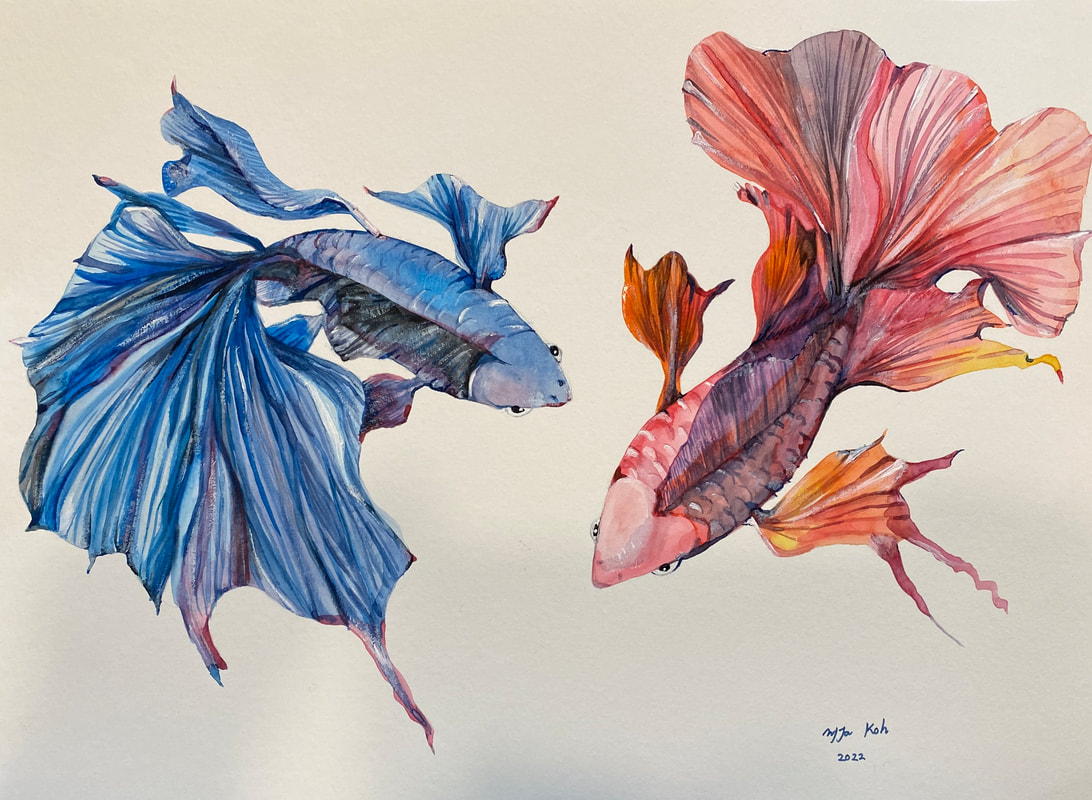
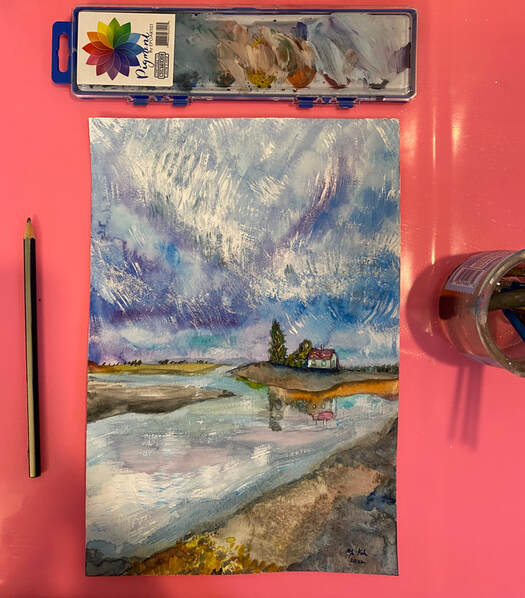
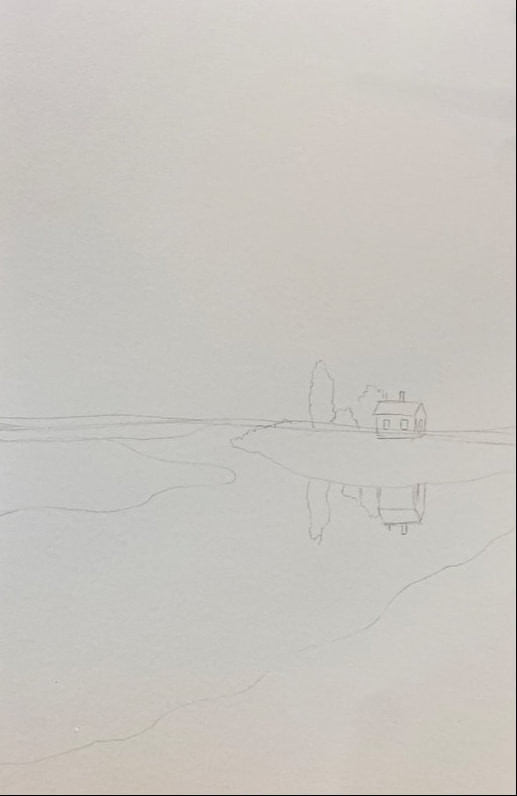
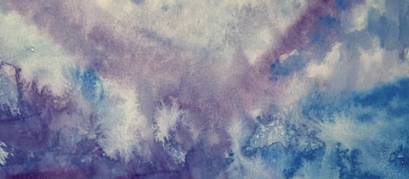
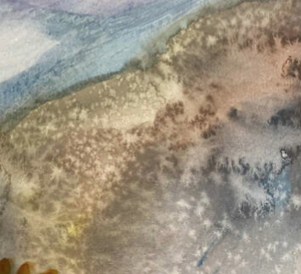
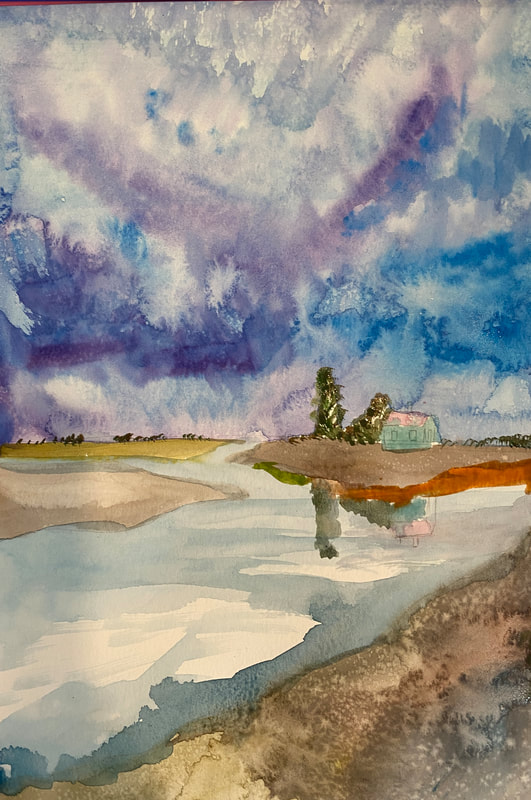
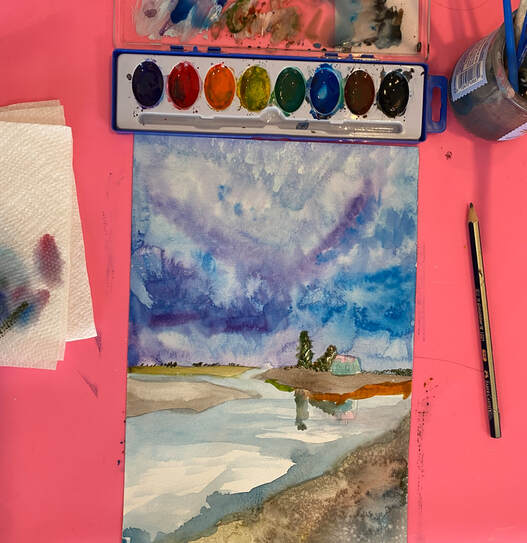
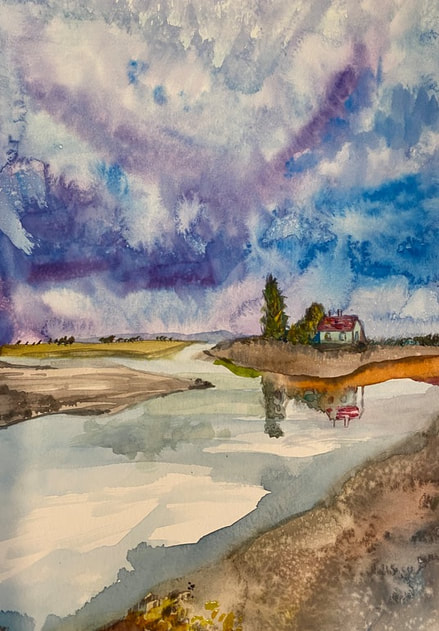
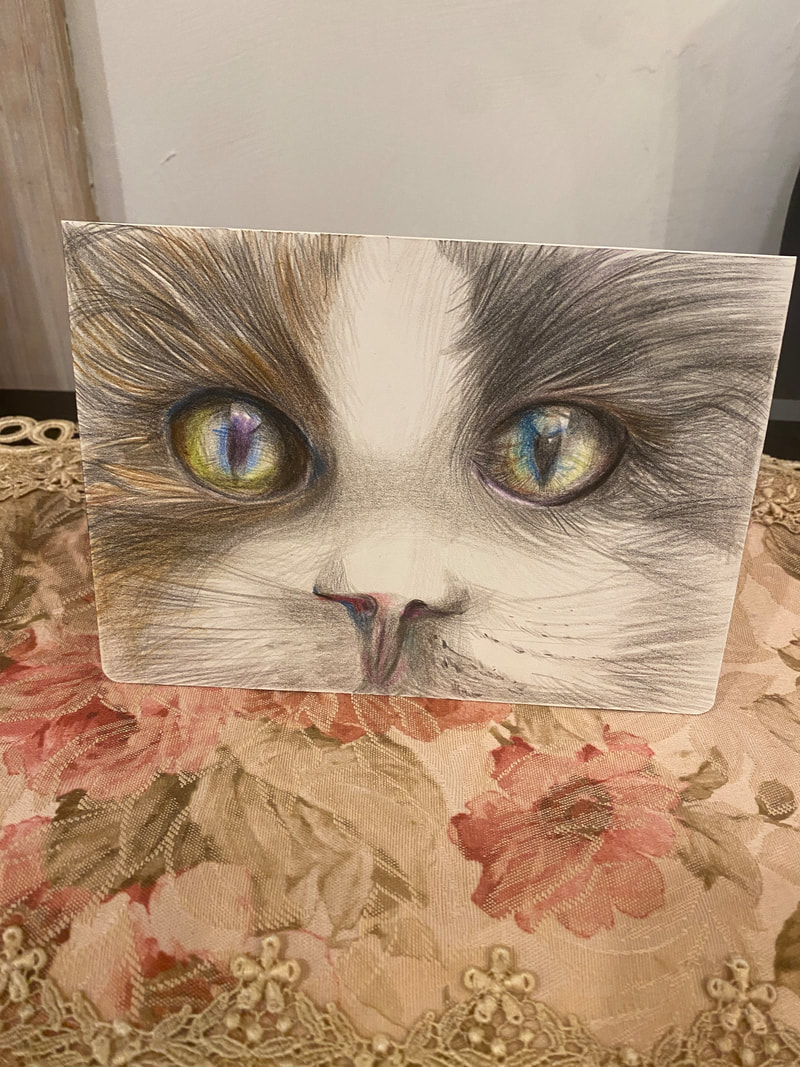
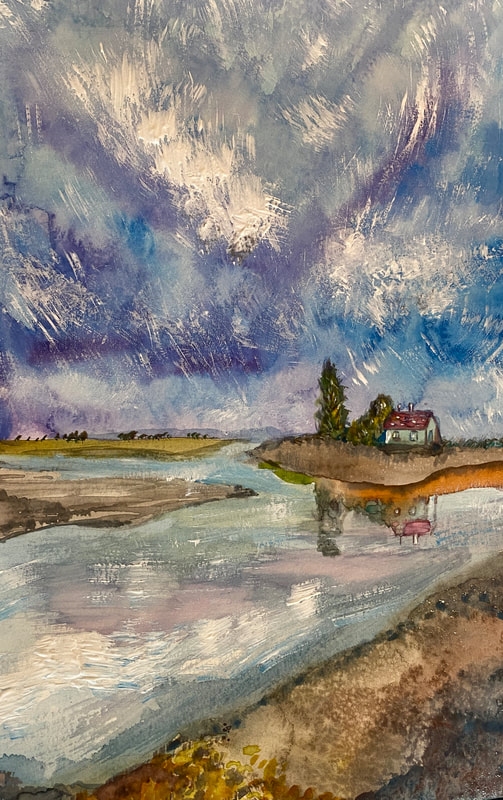
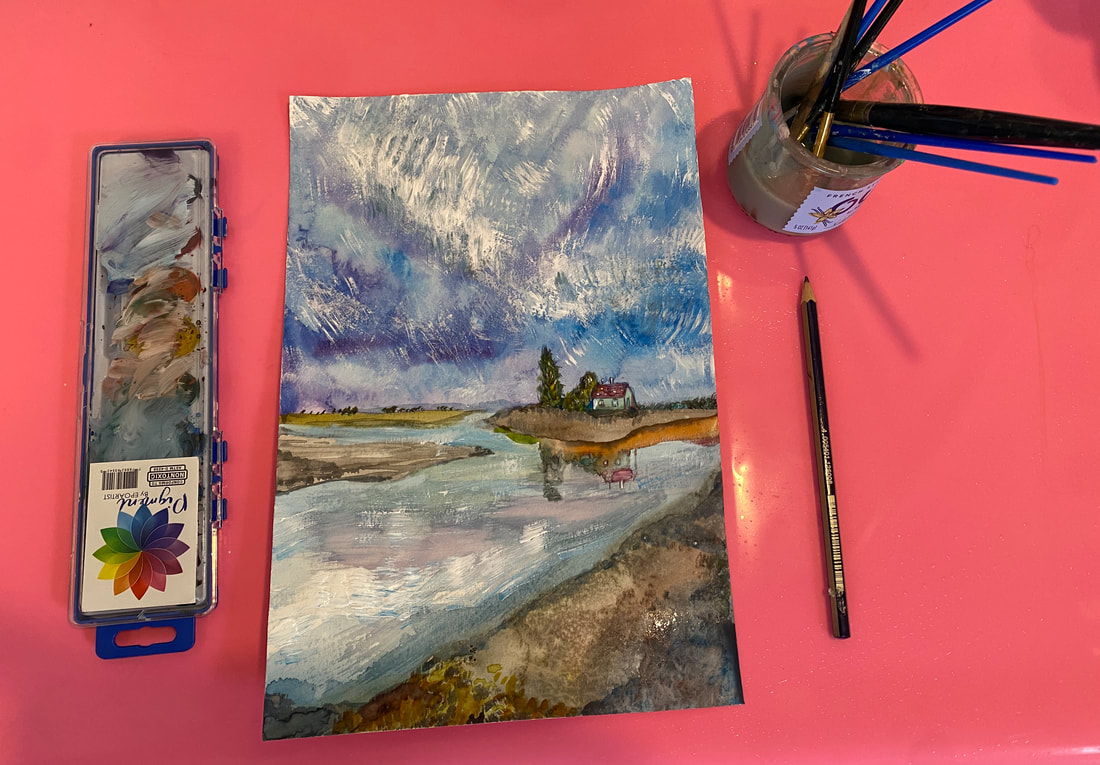
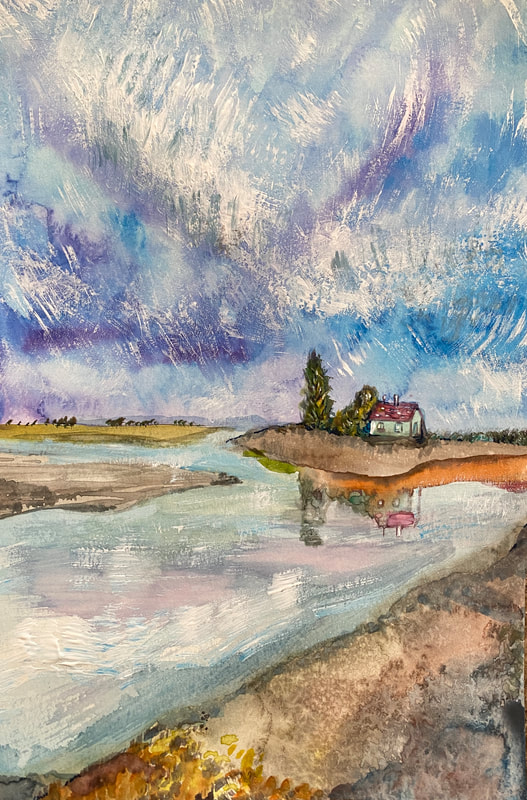
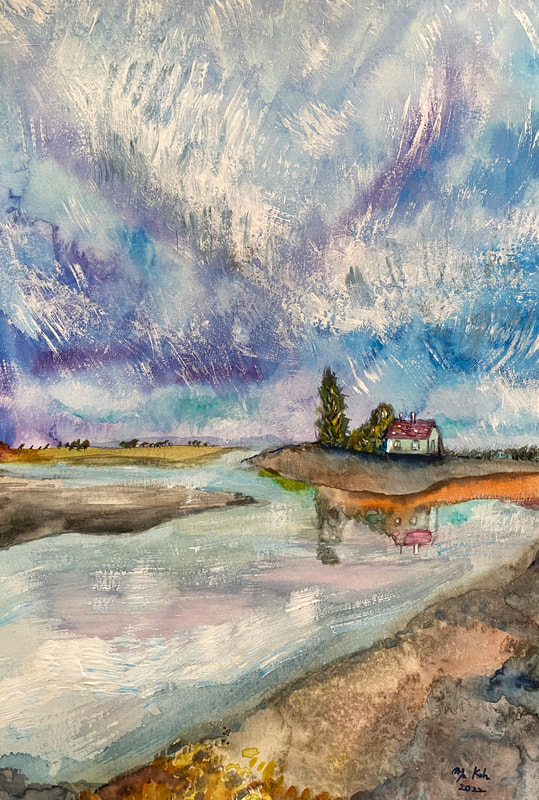
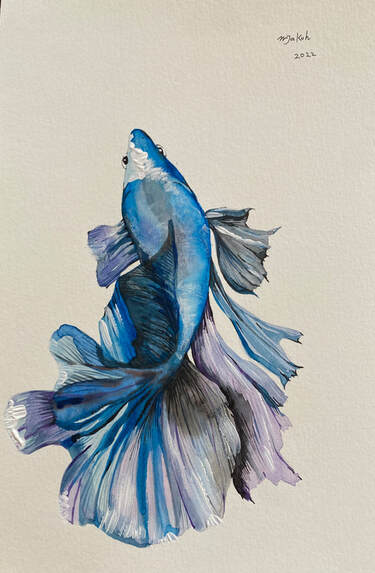
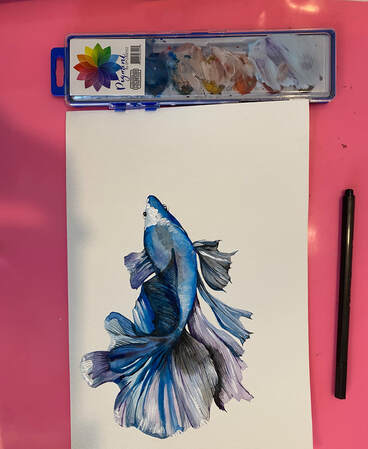
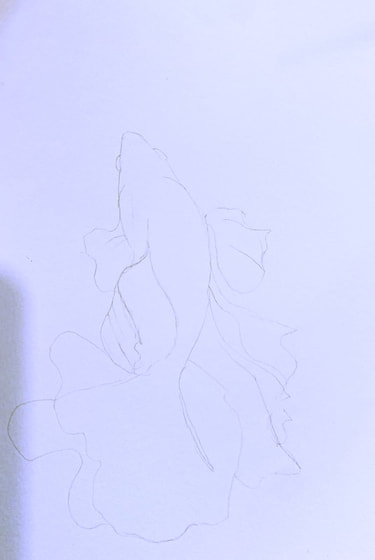
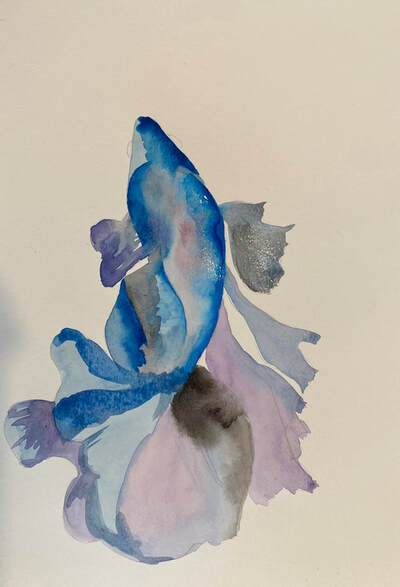
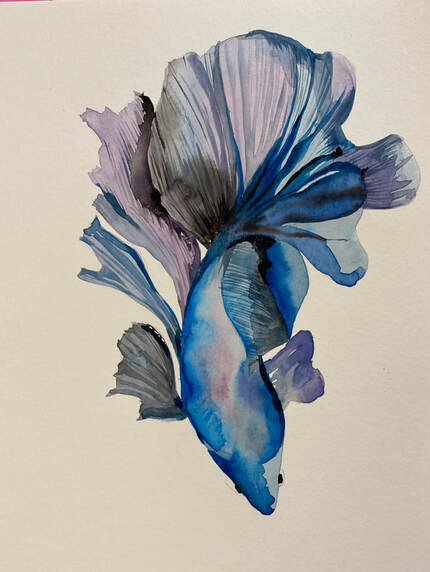
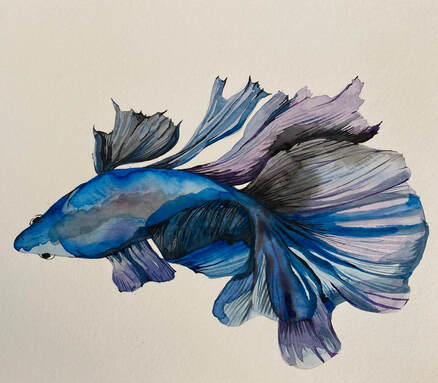
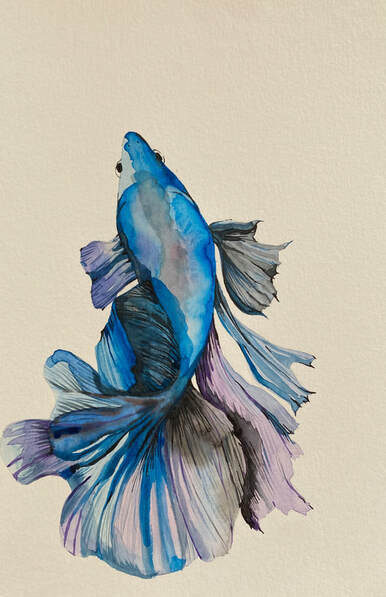
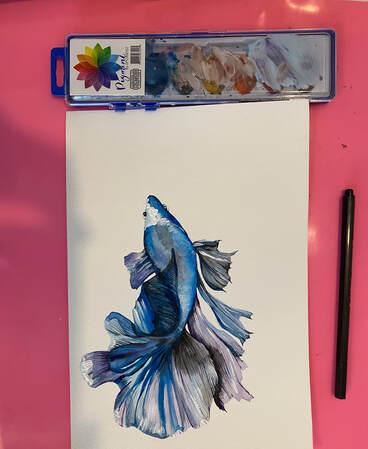
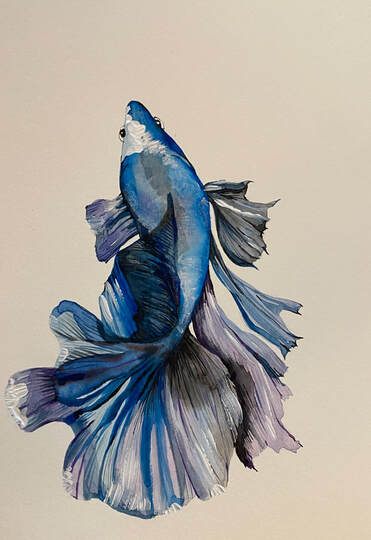
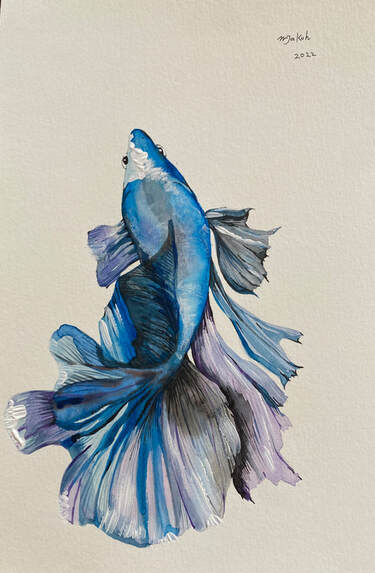
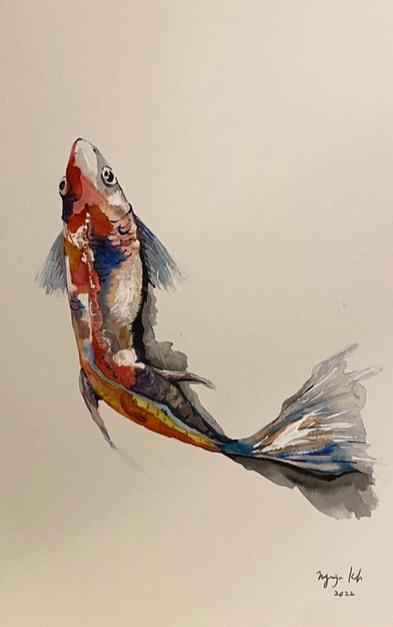
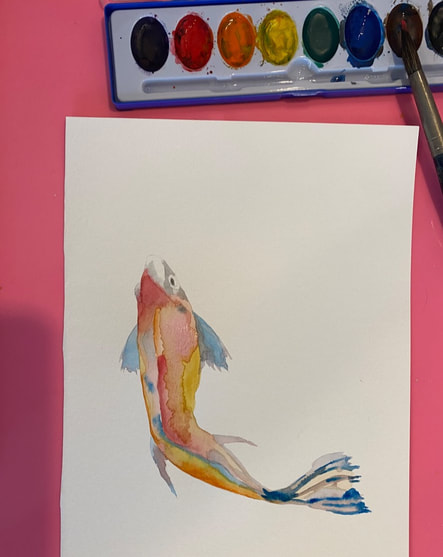
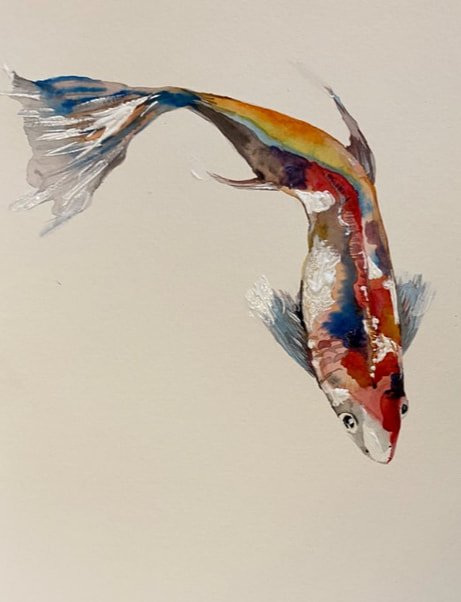
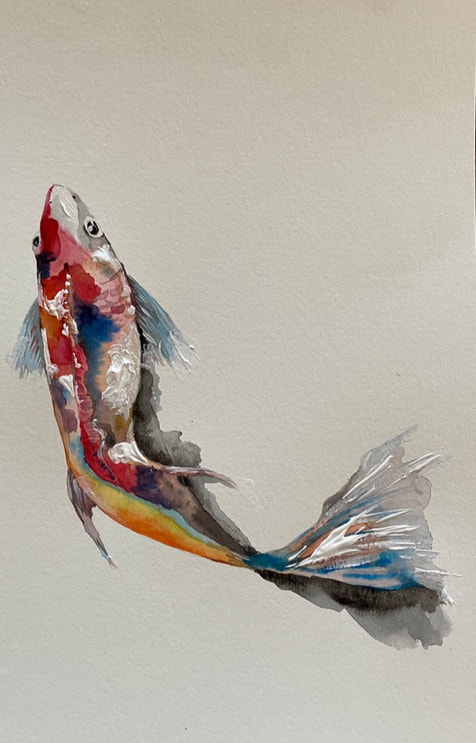
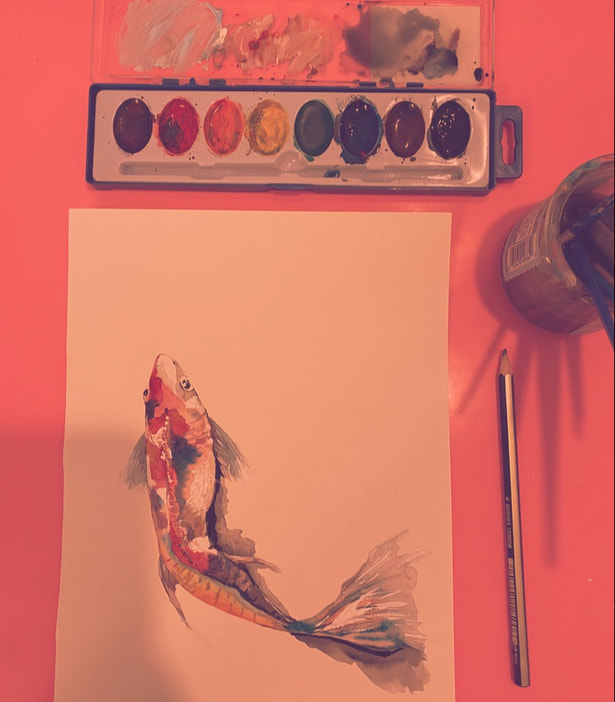
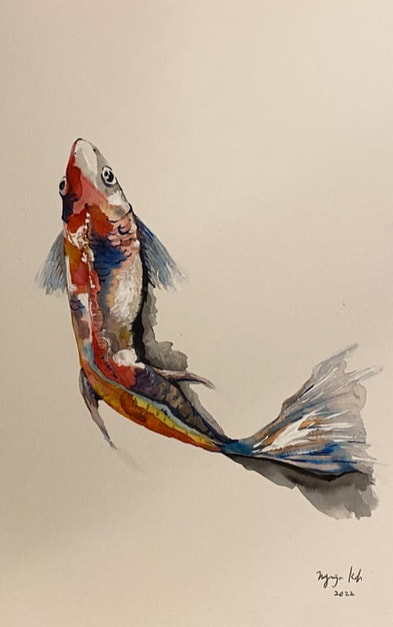
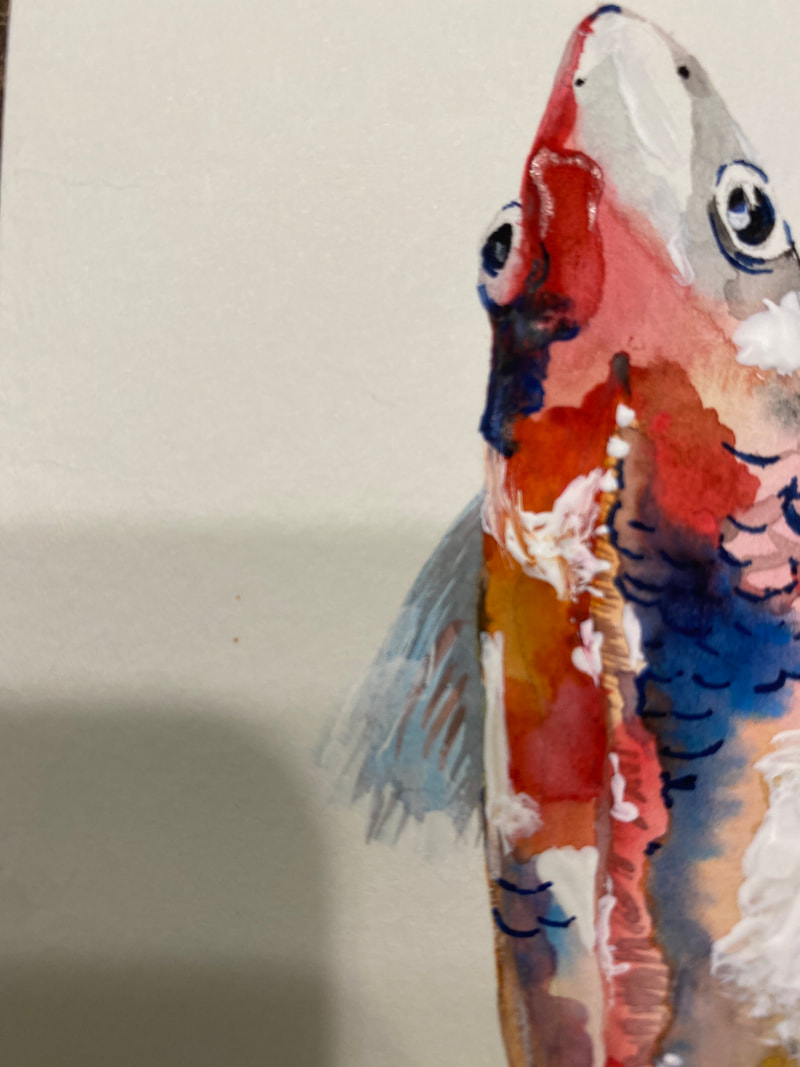
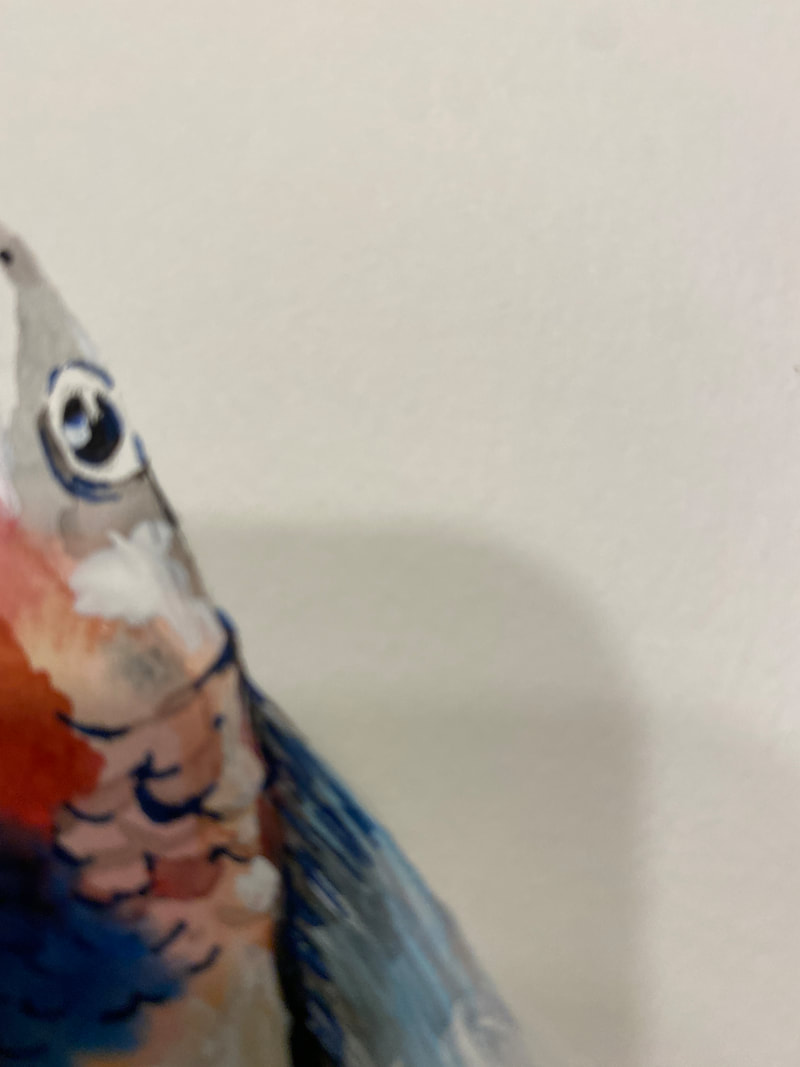
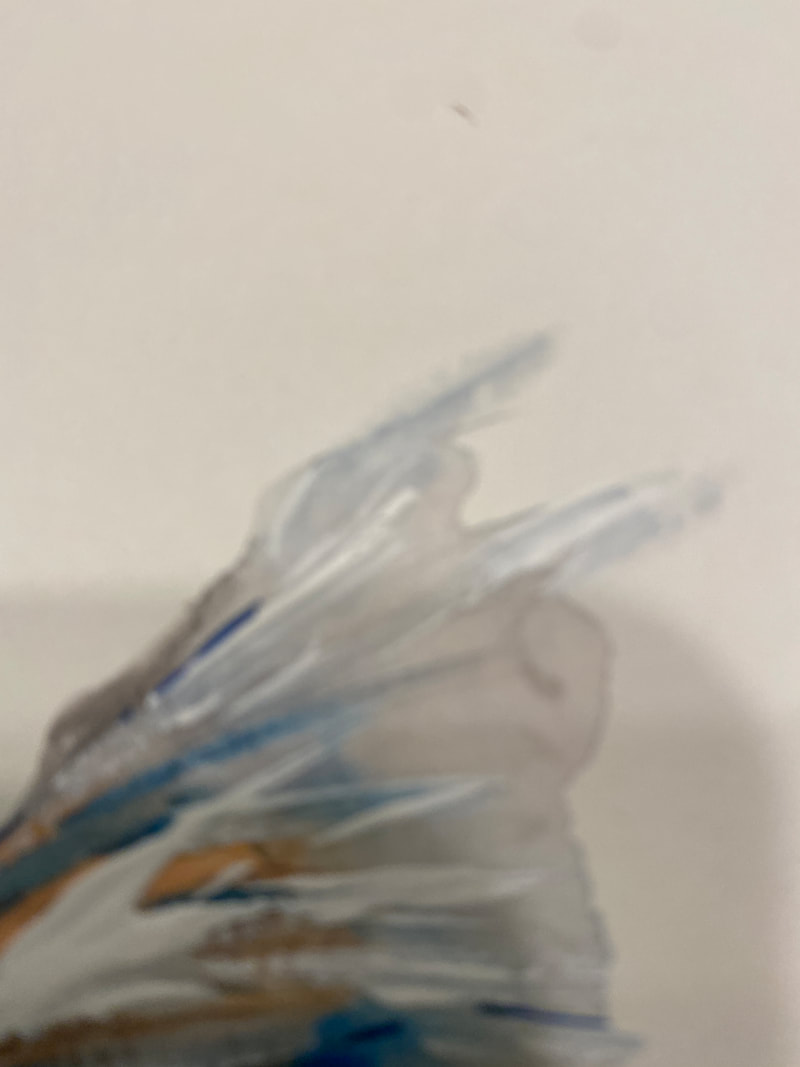
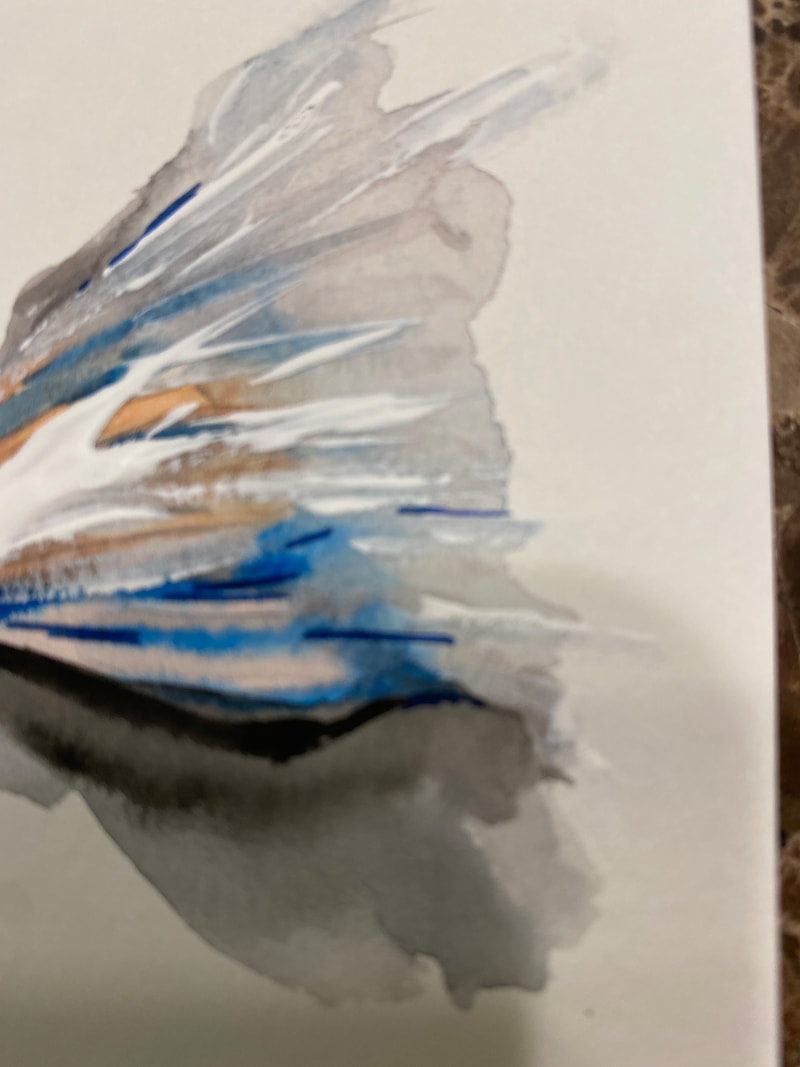
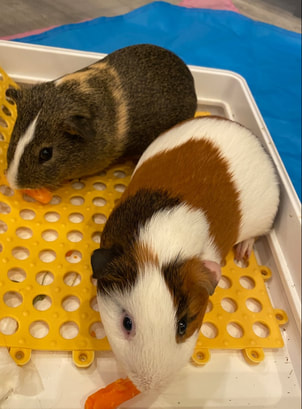
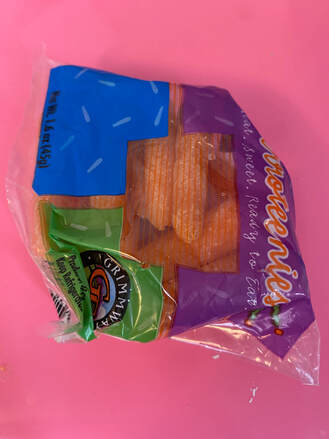
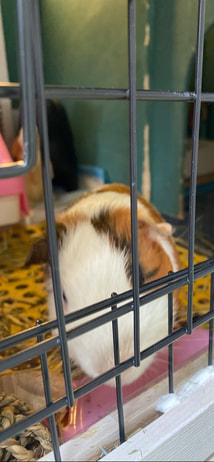
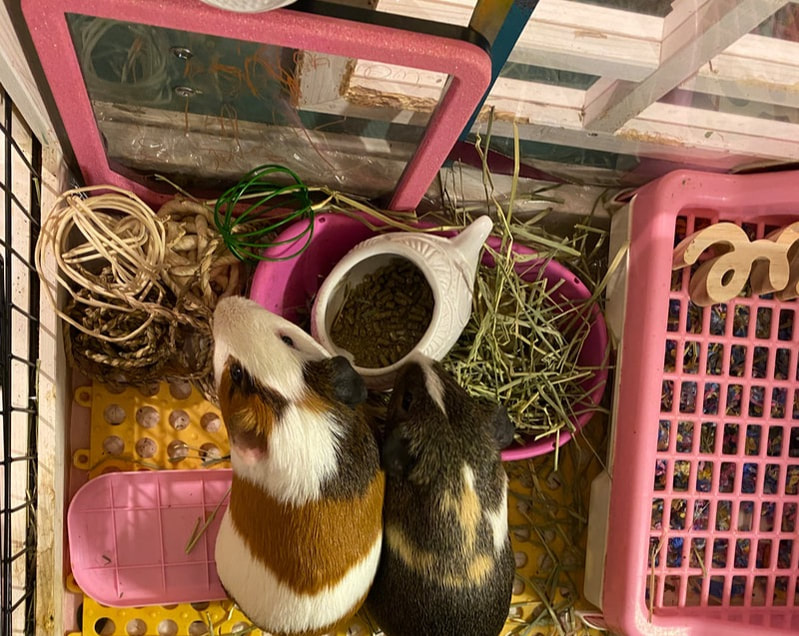
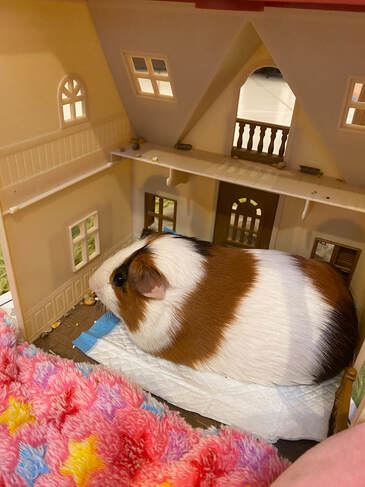
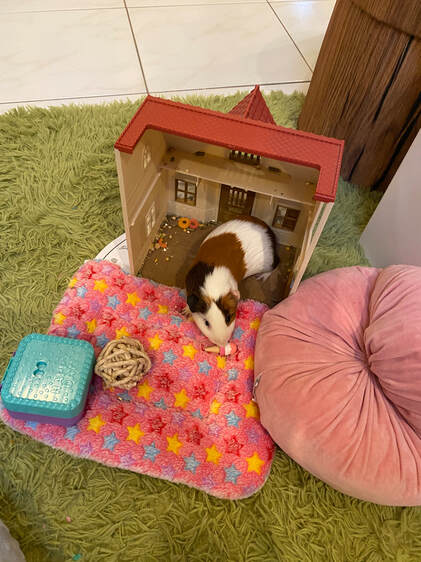
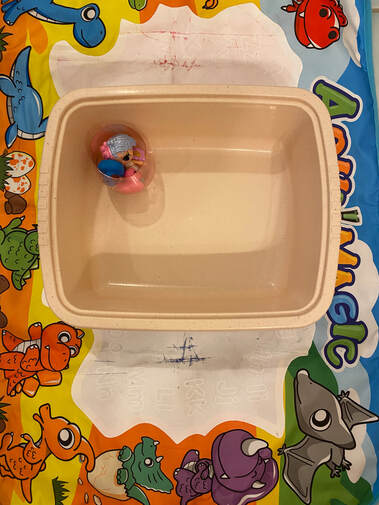
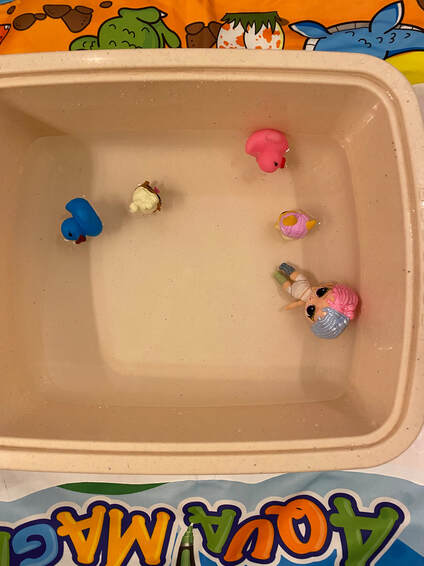
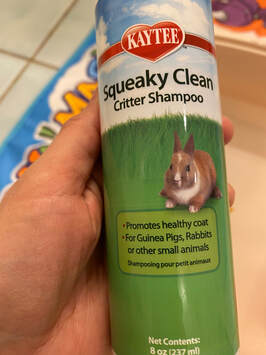
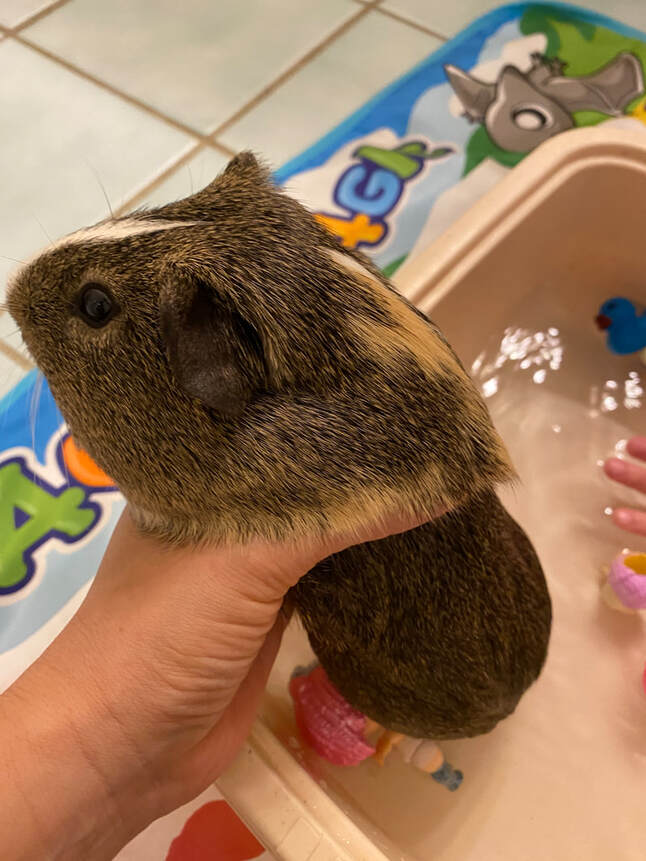
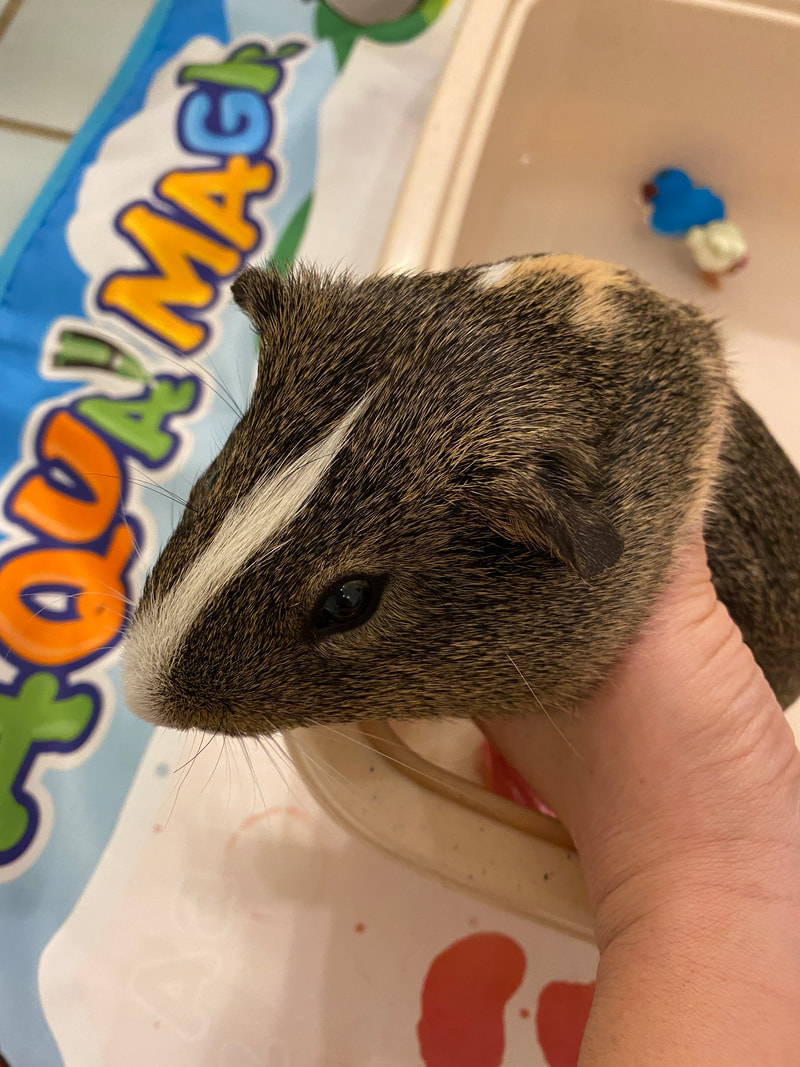
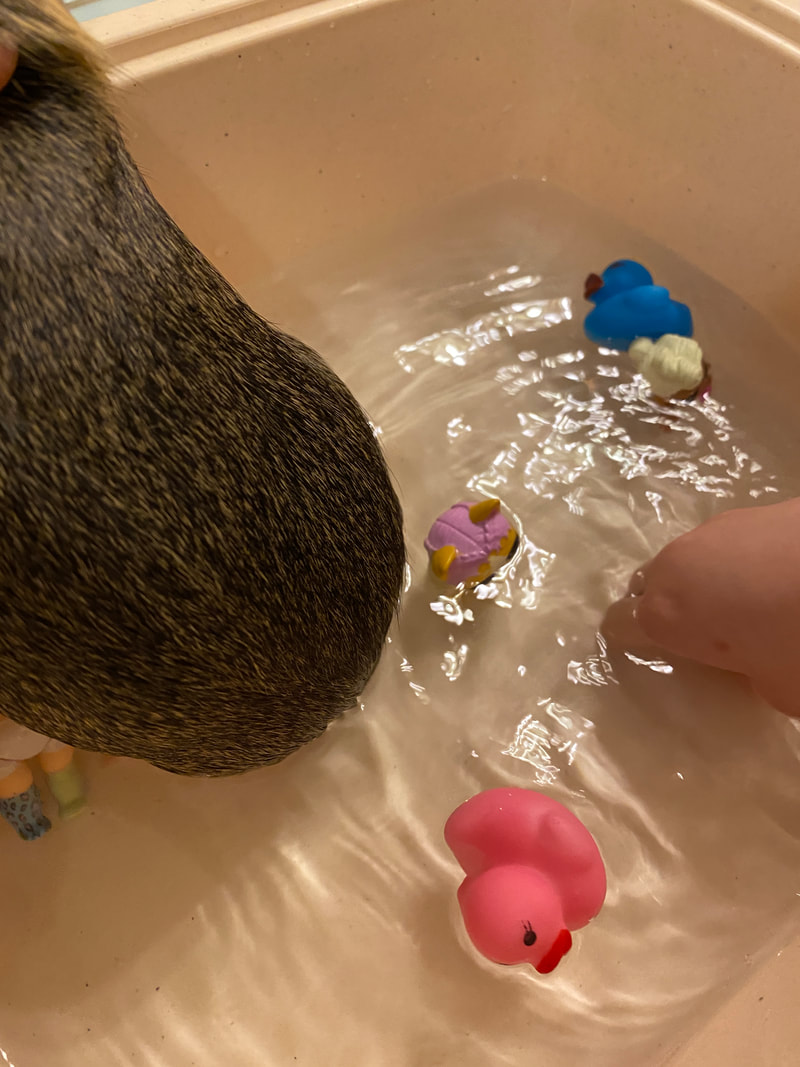

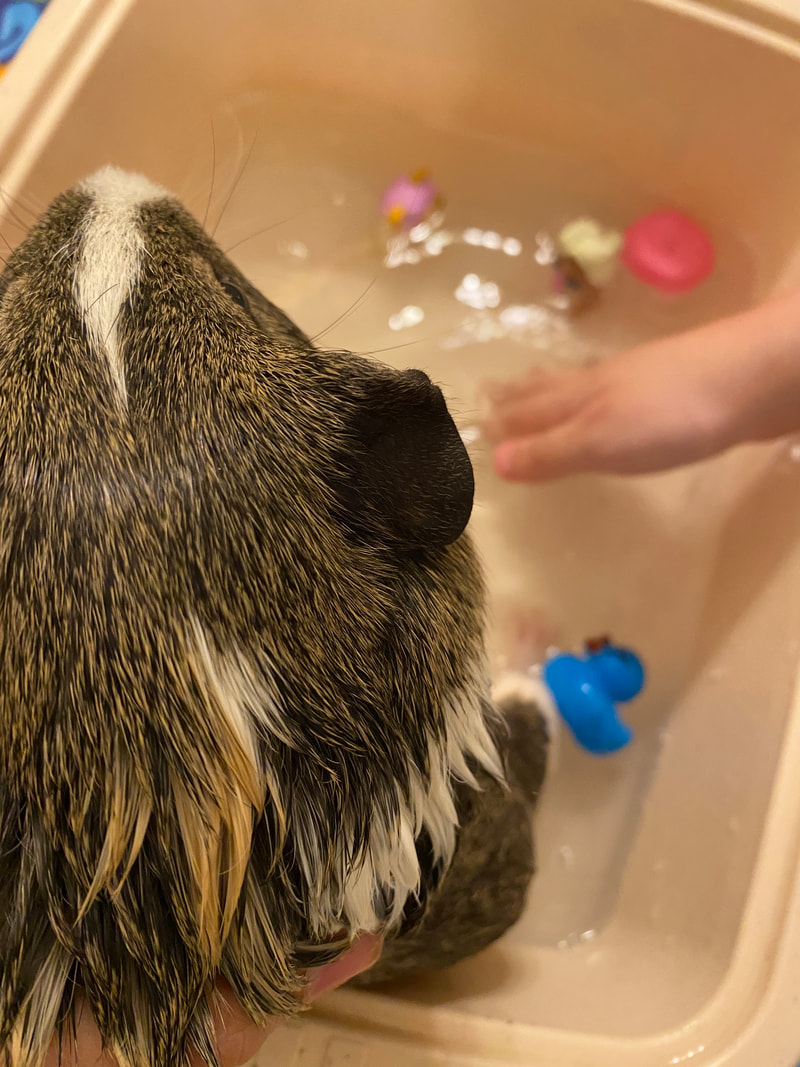
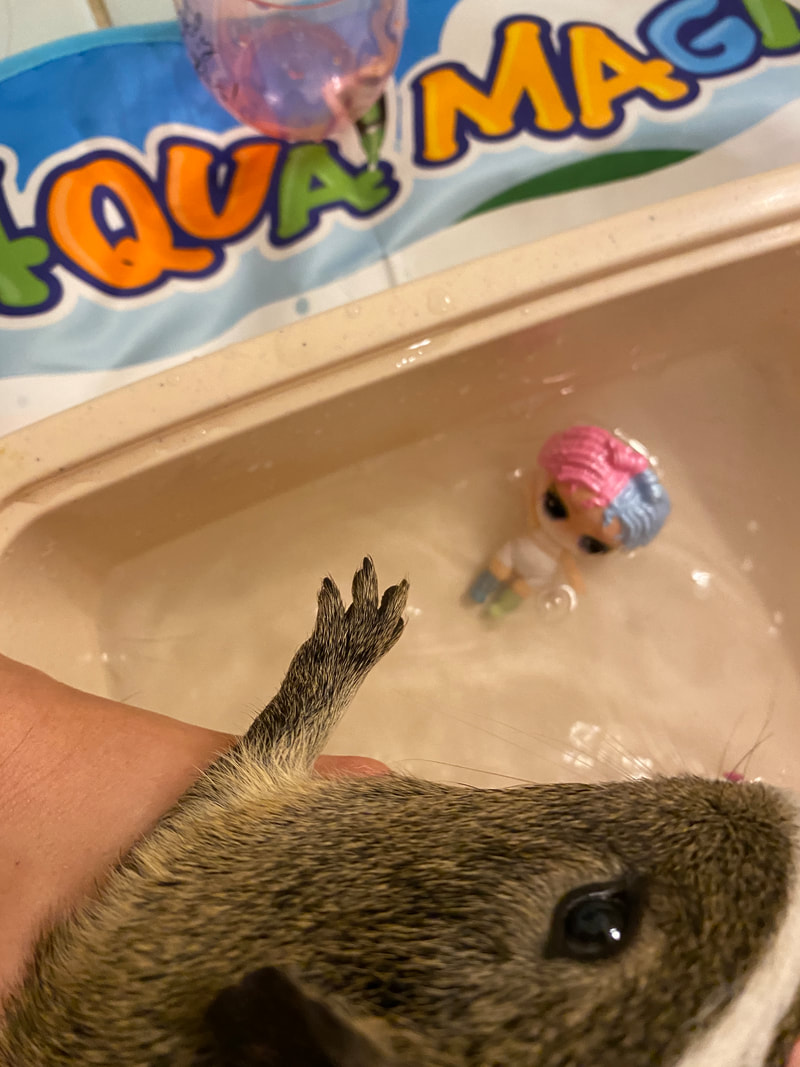
 RSS Feed
RSS Feed